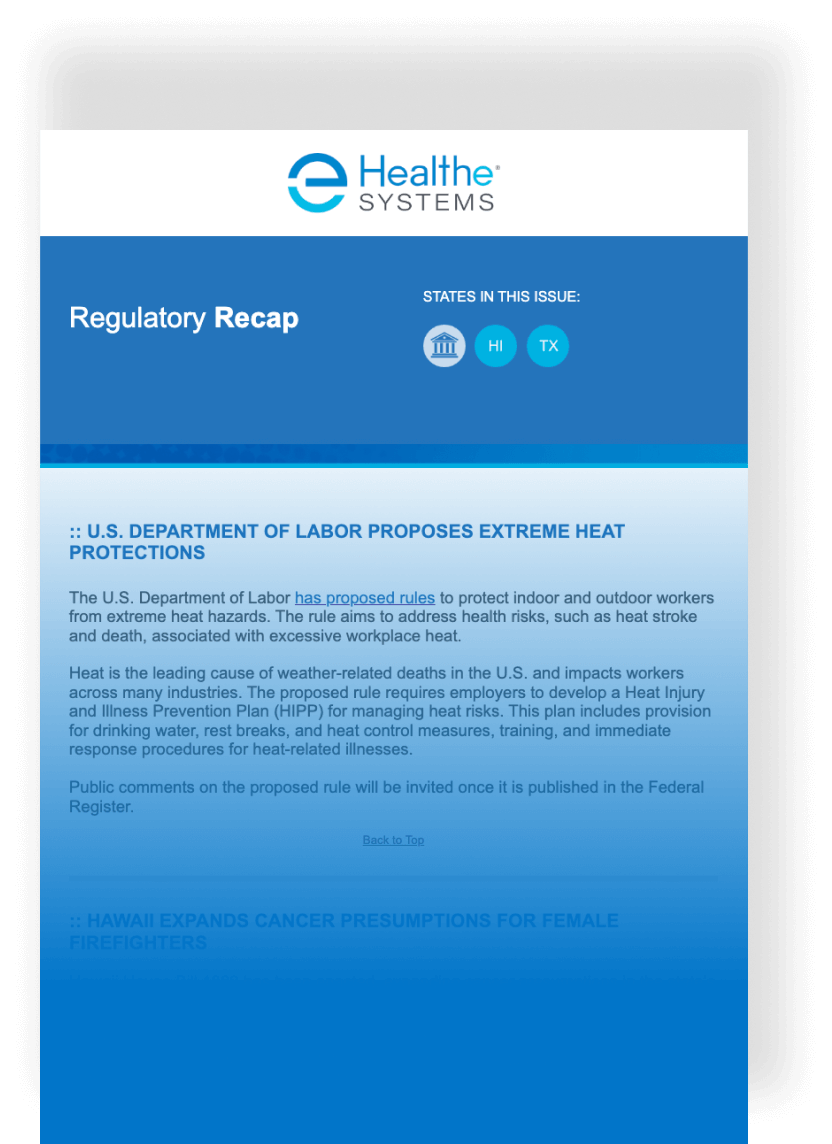The Workers’ Compensation Research Institute (WCRI) released their 25th CompScope™ Benchmarks report, analyzing workers’ comp performance in 18 states from 2018 to 2023, with data through March 2024.
The annual study tracks trends in indemnity benefits, medical payments, benefit delivery expenses, duration of temporary disability, timeliness of payments, and other metrics. Data from within these reports are useful for identifying trends with a state’s workers’ comp system, current cost drivers, and emerging trends in total costs per claim and key components.
From 2021 to 2023, the study found total claim costs rose in each state between 2–14% per year. With 14 detailed reports for the 18 states, there is a wide range of data available. Notable findings include:
- Delaware: Total claim costs rose 7% annually (2021–2023), driven by higher wages and longer temporary disability durations
- Florida: Costs grew 4.5% per year as wage growth peaked in 2022, then eased in 2023, moderating indemnity increases
- Minnesota: 10% annual growth, led by rising wages, longer disability durations, and higher medical payments
- New Jersey: 8% yearly cost growth, mainly due to wage increases, especially among new and short-tenure workers
- Virginia: 7.4% average growth, driven by higher indemnity and delivery costs, partly offset by lower medical payments







